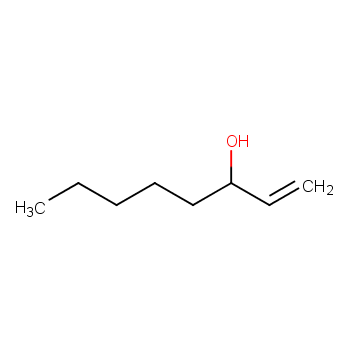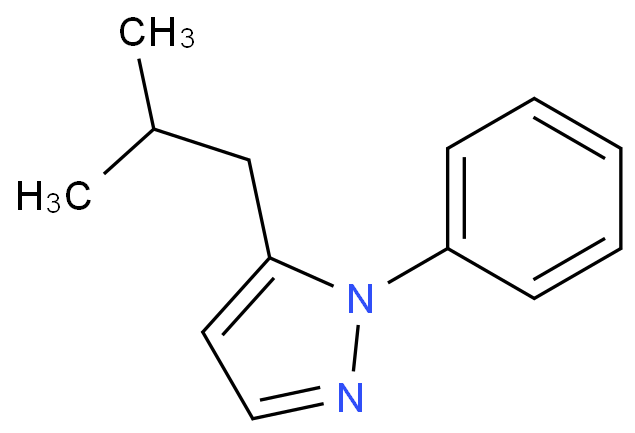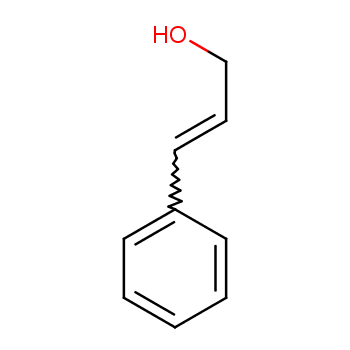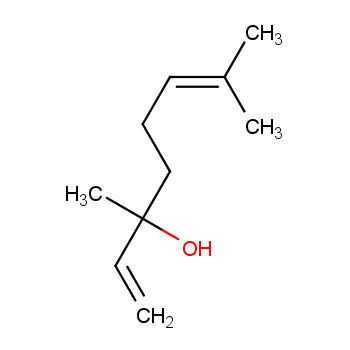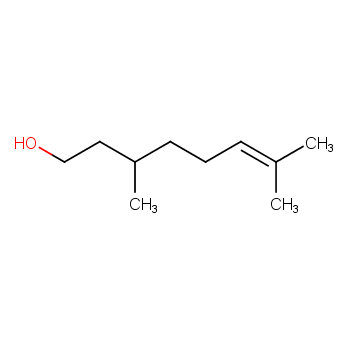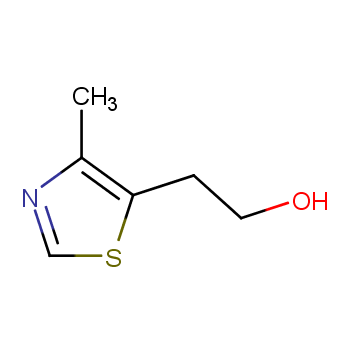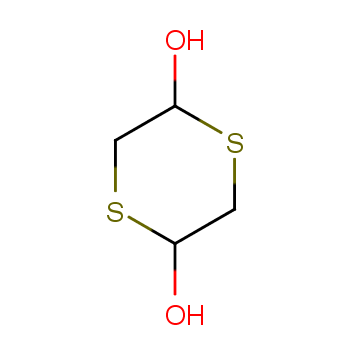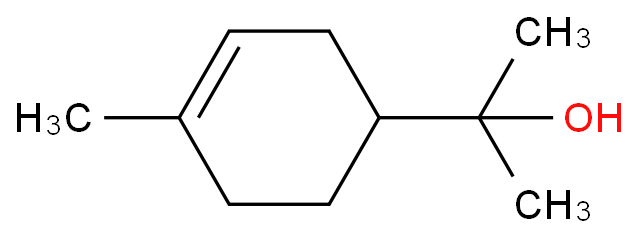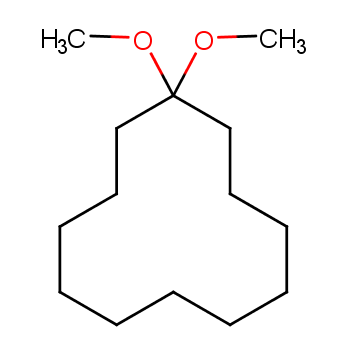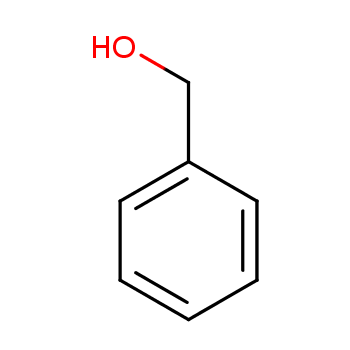Alcohols represent a group of compounds characterized by the presence of hydroxyl groups, which bind to carbon atoms within the alkyl or benzene side chains. These hydroxyl groups, marked by an oxygen and hydrogen combination, bestow distinctive properties to these molecules.
Formed through the substitution of hydrogen atoms in hydrocarbon molecules, alcohols constitute an essential class of organic compounds. This substitution introduces the hydroxyl groups that imbue alcohols with distinct reactivity and functionality.
However, it's important to note that the compounds arising from the substitution of hydrogen atoms in the aromatic hydrocarbon ring with hydroxyl groups deviate from this classification and are known as phenols.
Alcohols typically manifest as colorless substances, existing in liquid or solid states. Liquids are common when the carbon atom count is fewer than 12, while solids prevail for carbon atoms numbering 12 or more. This diversity in physical states underscores the wide range of alcohols present in the realm of organic chemistry.
Alcohols Categories
There are many kinds of alcohols in nature, and there are ethanol and other alcohols in the same series in the fermentation broth.
Plant essential oils unveil an intricate realm of alcohols, with terpene alcohols and aromatic alcohols taking center stage. Whether found in their free form or cloaked within esters and acetals, these alcohols imbue essential oils with unique characteristics. Meanwhile, animal and vegetable oils, fats, and waxes host an assortment of alcohol esters, lending complexity to these natural substances.
Hydroxyl Group Count: The number of hydroxyl groups paves the way for classifications such as unitary alcohols, diols, ternary alcohols, and polyols. Polyols, typified by glycerol, manifest as viscous substances. The intriguing aspect is that a carbon atom typically cannot harbor two hydroxyl groups.
Hydrogen on Carbon: Dichotomies continue as we discern primary alcohols, secondary alcohols, and tertiary alcohols, based on the count of hydrogen atoms connected to the carbon bonded with the hydroxyl group. It's noteworthy that alcohols boasting fewer than three carbon atoms display water solubility.
Usage of Alcohols Products
Alcohols emerge through diverse routes, spanning from the transformative power of fermentation to the precision of chemical synthesis. Saccharification fermentation of starch-rich materials stands as one method, as does the intricate dance of chemical reactions in industries, commonly utilized in reduction and oxidation synthesis.
The significance of alcohol as a chemical foundation remains undeniable. Reverberating across various sectors, it serves as a cornerstone material. Its versatility shines through as it seamlessly transforms into a solvent, an antifreeze agent, and an extractant, adorning its versatile nature.
Taking the exploration further, higher alcohols like n-hexadecanol play distinct roles. These alcohols extend their influence to realms where challenges arise, serving as defoamers and evaporation blockers within reservoirs, showcasing their adaptability to real-world needs.
The realm of plant essential oils presents an orchestra of aromas, often laced with terpene alcohols and aromatic alcohols. These compounds imbue the oils with unique characteristics, rendering them invaluable within diverse contexts.
+more
